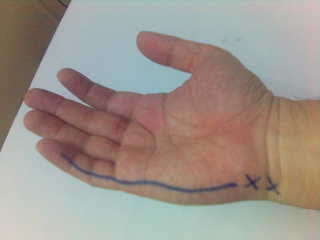Cardiopulmonary Resuscitation Update in Sports Emergencies





Oxford UK, 28 November 2005. New guidelines for the resuscitation of adults and children have been published today (28th November) in the international journal Resuscitation, announced the European Resuscitation Council (ERC) and Elsevier Ltd.
The guidelines are aimed at all healthcare workers; a section on basic life support also provides information for laypeople and first responders. The recommendations made by the ERC are based on a comprehensive, evidence-based review of resuscitation science that was undertaken over the last two years by experts from all over the world. These experts debated their findings in a Consensus meeting held in Dallas in January 2005 and their conclusions, also published today, form the basis for establishing best practice worldwide.
The last CPR guidelines were published in 2000; since then, science has moved forward and our understanding of the evidence has improved. The new CPR guidelines focus on a ‘back-to-basics’ approach and are easier for lay-people and healthcare professionals to learn. The steps to successful resuscitation are described by the links in the revised Chain of Survival. Early recognition of the patient who is very ill will enable medical assistance to be called immediately, providing an opportunity for early treatment and the prevention of cardiac arrest. In the event of cardiac arrest, early chest compressions and breathing may keep enough blood going to the heart and brain to buy time until the heart can be restarted by an electric shock (defibrillation). Once the heart has been restarted new treatments aim to improve the chances of the patient making a full recovery.
In comparison with the 2000 guidelines, the 2005 guidelines recommend giving more chest compressions (30 compressions for every 2 breaths instead of the traditional 15 compressions for every 2 breaths). The ratio of 30:2 applies to all adults and children (except for newborn babies) — this should make it easier for everyone to learn and remember. Advances in defibrillator technology (the device that gives an electric shock to restart the heart) enables healthcare workers and trained lay-people to give an electric shock earlier and more effectively to a person in cardiac arrest.
It's almost 2 years since the International Resuscitation 2005 guidelines are available. The European Resuscitation Council and American Heart Association guidelines are available on their websites. Athletes, coaches and sports officials are encouraged to undergo the basic life support training in the event of collapse of a participant during sports. Sports event organisers are advised to ascertain that medical services covering sporting events have AED equipment and trained personnel.

.jpg)




.jpg)

.jpg)
.jpg)


.jpg)




.jpg)





.jpg)



